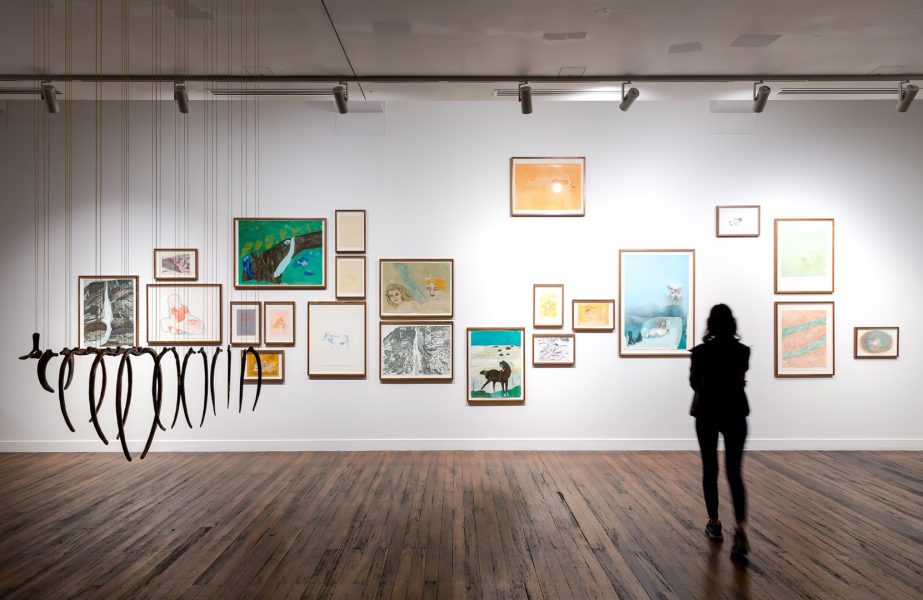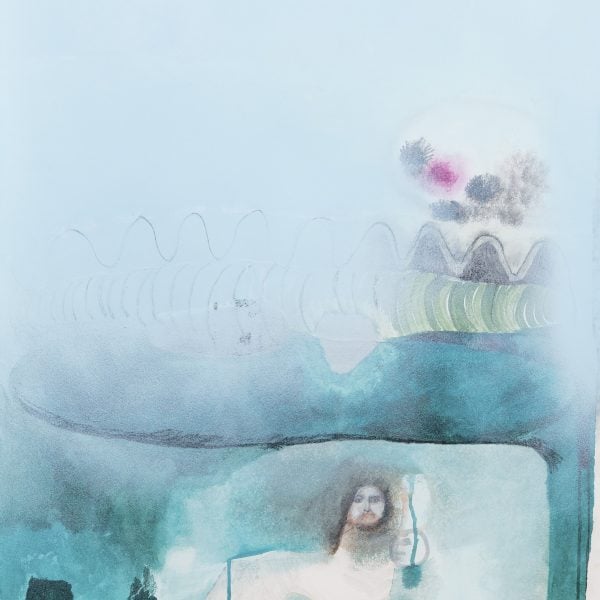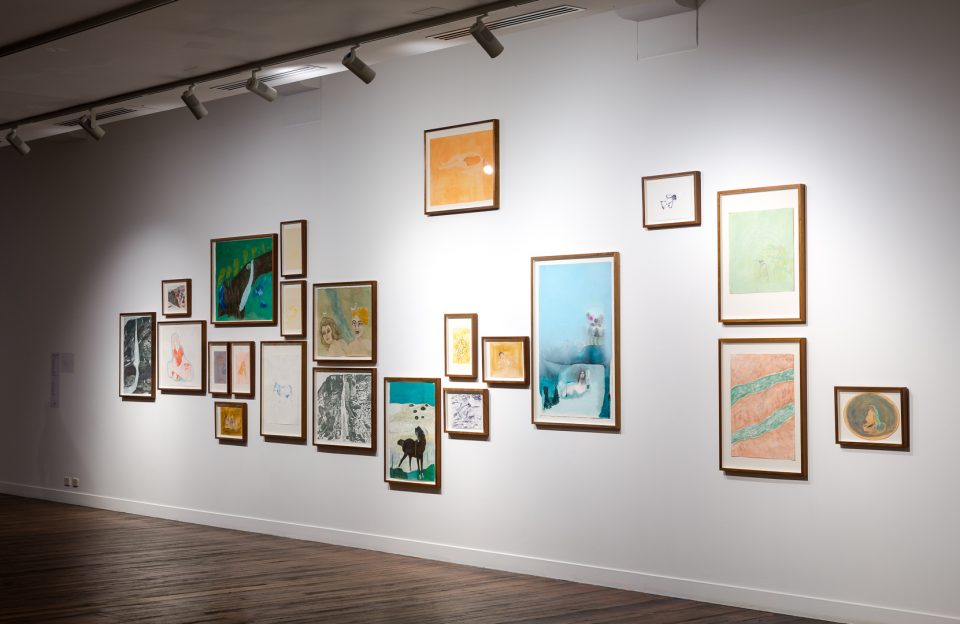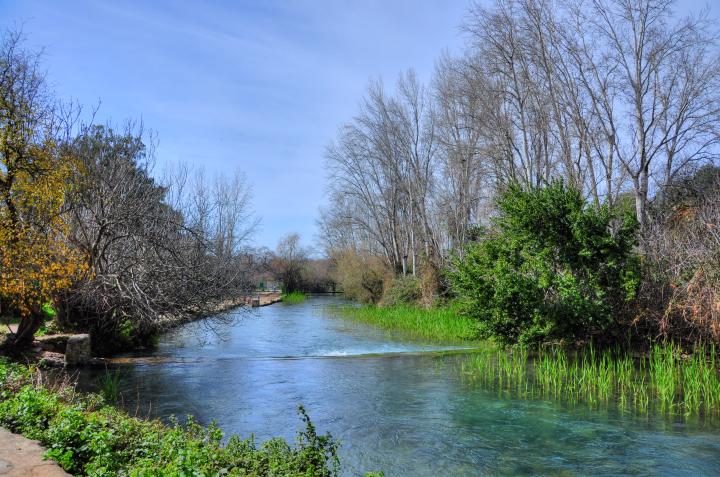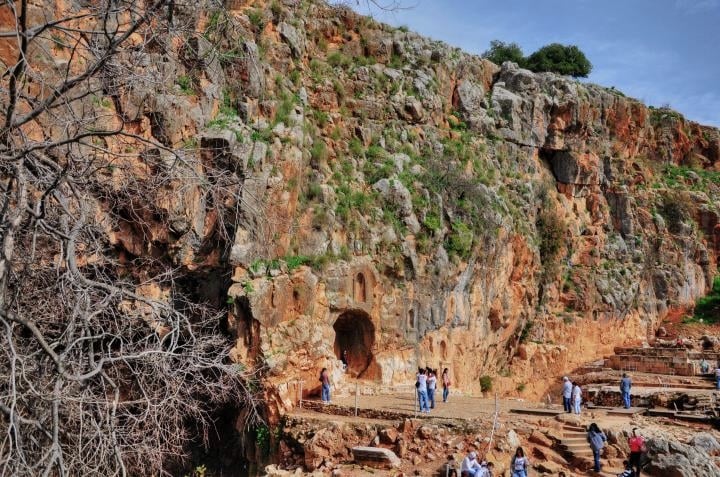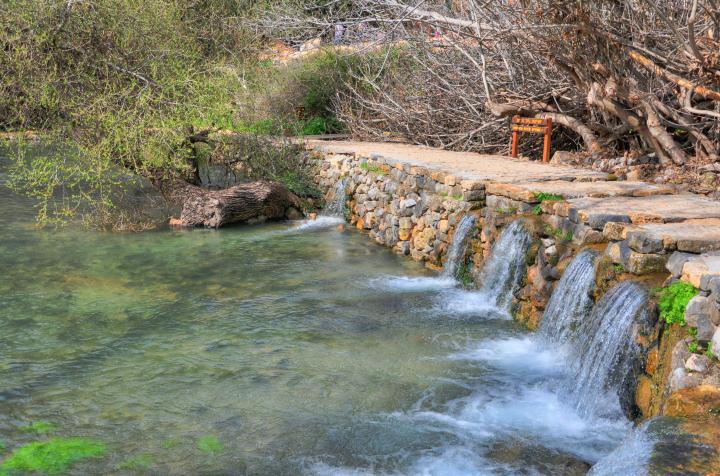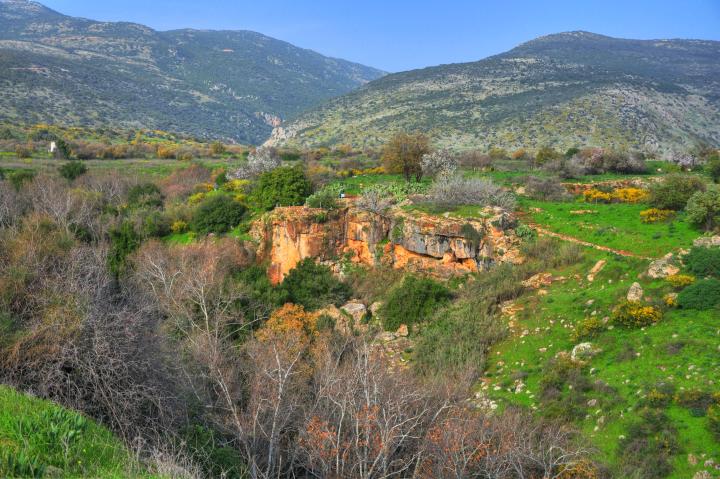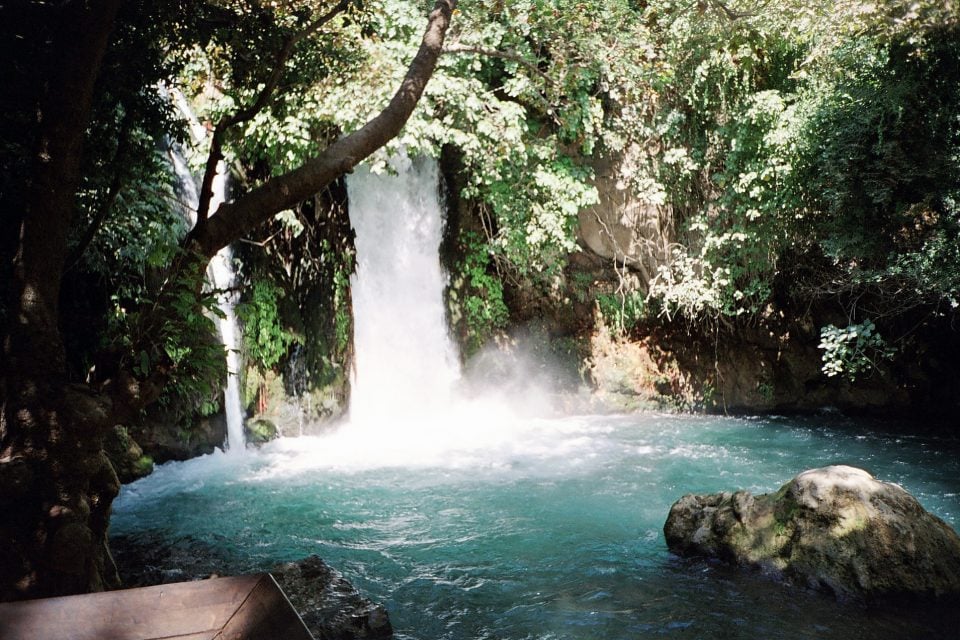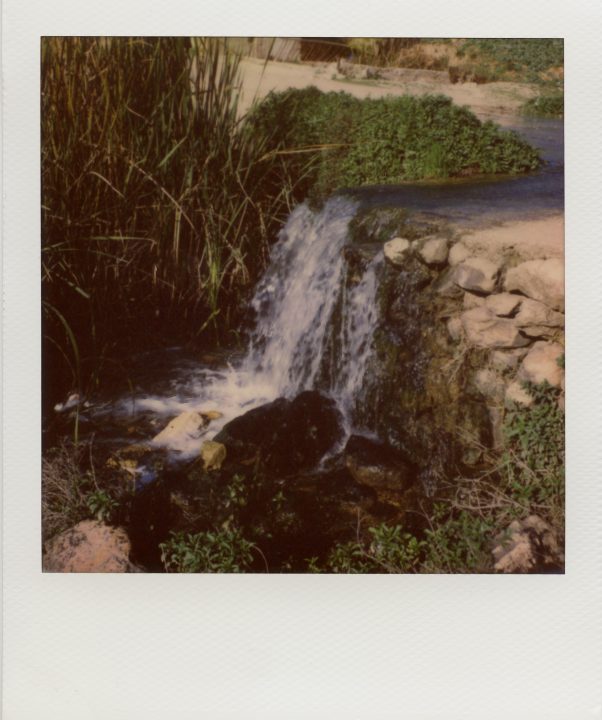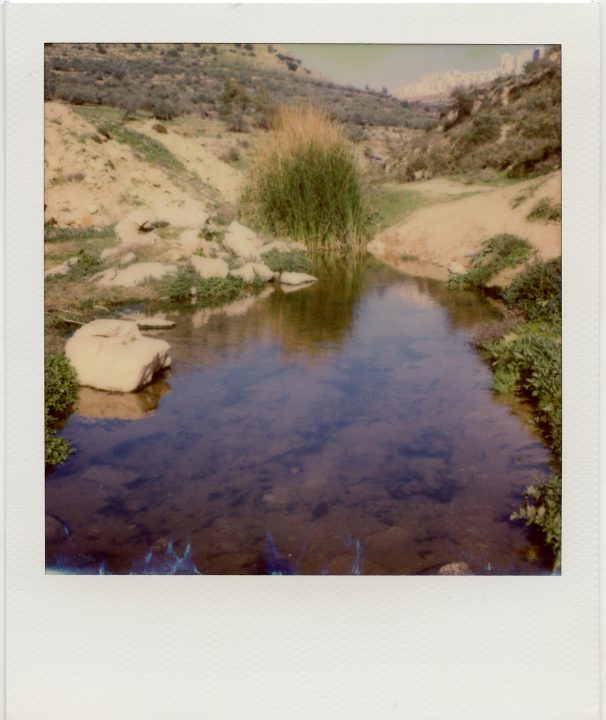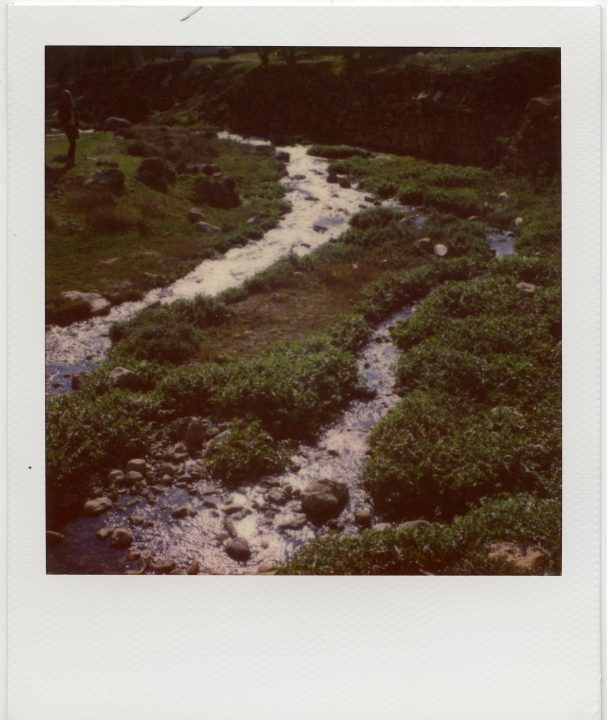Cocoon, 2009
acrylic, pigment powder and spray, ink and pastel on paper
Bdour and Qdour I, 2020
pigment gouache, pastel, acrylic, pencil, ink and charcoal on paper (hot pressed smooth/fine even wash with shellac)
Anatomy I, 2012
acrylic, gouache and pastel on paper
Reclining I, 2018
gouache, pencil, ink and pastel on paper
Ein al-Joz Bride, 2016
pastel and pencil on paper
Breaking Waves, 2018
gouache, ink and pastel on paper
Transformations: horse among wells (aka after Eugene D’s Ovide), 2020
pigment, pastel and acrylic on paper
The Dig, 2015
acrylic, pastel, chalk and gouache on paper
Waterfall I, 2015
mixed charcoal on paper
Waterfall III, 2015
pastel, charcoal and gouache on paper
Eyes wide open, 2018
ink stamps on archival print
Messenger Bird I, 2020
ink on paper
Messenger Bird II, 2020
ink on paper
Lion Boy, 2015
gouache, pastel and pencil on paper
A matter of taste, 2015
gouache on glossy paper
Bdour and Qdour III, 2020
aquarelle pencil and acrylic on paper
Messenger Bird III, 2020
copy pencil on paper
Messenger Bird IV, 2020
copy pencil on paper
Wolf, 2020
ink on paper
The upper spring and the lower spring, 2020
pastel and pencil on paper
Reclining II, 2018
gouache, pencil, ink and pastel on paper
Her contour (hand and eyes), 2018
ink and gouache on paper
Things that make you laugh and cry at the same time, 2018
silver gel ink on found paper
Courtesy the artist
Presentation at the 23rd Biennale of Sydney was made possible with generous support from Canada Council for the Art
I demand for us to revisit the landscape. I demand for folktales to be told again, or for the return of our oral history… that means the togetherness, the gathering, the community.
This ongoing series of mixed-media drawings and paintings, started in 2009, are central to Jumana Emil Abboud’s ongoing research into Palestinian folklore, the ritual of storytelling and their connection to land and particularly to water. Growing up in the Galilee, Abboud’s family spent more than a decade in Canada, and since returning to her homeland has travelled extensively, working with local communities in search of water sites and the stories they contain – stolen, hidden and lost over time.
For hundreds if not thousands of years, women and children collected water from natural sources across the Palestinian countryside including springs, waterfalls, wells and rivers to provide for their villages. It was here in these informal gatherings that stories were ‘written’ in the oral tradition and passed on between generations. The tales invoked the magical and powerful spirits that inhabited or haunted each water site – teaching the community (often through inciting a healthy sense of fear) to value, respect and share the precious resource and not to abuse it through overuse, greed or contamination. The lessons of these folktales continue to be of significance to contemporary times.
Many stories held encoded messages from women to other women, cultural rules around gender roles, and resonate with folk narratives from other cultures around the world – of tortured children, evil stepmothers, poisoned wells and shapeshifting beings. Abboud’s whimsical and melancholic work is populated by a cast of these creatures including wolves, birds, lions and gazelles; as well as mostly lone female figures. Speaking about Cocoon, one of the first in the series, Abboud says:
“For me, she doesn’t represent a specific story but rather the beingness of living in a hidden world or in the dark. And that could be translated into going against the stream of what your culture or society wishes for you; or having a secret and not being able to talk to anyone about it; or being haunted, being possessed by the demons of your own mind and not knowing how to face them… Not knowing if you are the one that possesses the space or if the space and everything that it entails possesses you.”
All quotes from a Zoom conversation with the author, 7 February 2022
Presentation at the 23rd Biennale of Sydney was made possible with generous support from Canada Council for the Arts
Listen to the artist tell the folktale A brother, a gazelle and moving the mountain to let the sun shine through.
Click here to view the transcription
